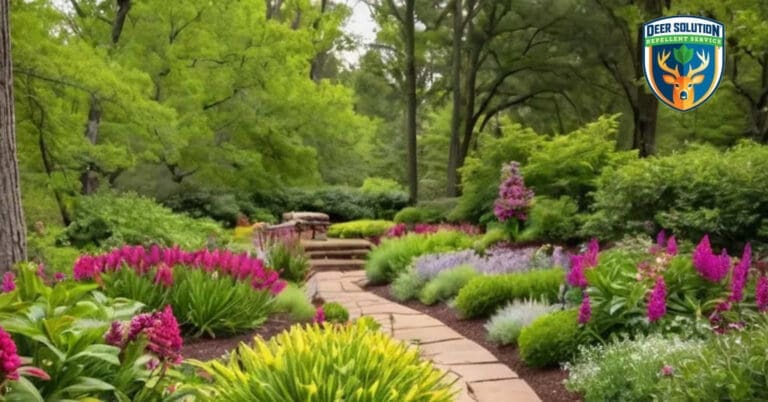When planning a garden, understanding which plants might attract deer is crucial. One common question gardeners ask is, do deer eat inkberries? Inkberries (Ilex glabra) are a popular choice for many landscapes due to their hardy nature and evergreen appeal. However, their relationship with deer is worth exploring to ensure your garden remains vibrant and undamaged.
Understanding Deer Dietary Preferences
Deer are known for their adaptable eating habits, often consuming a wide variety of plants based on availability and nutritional needs. While they generally prefer tender, nutrient-rich plants, their diet can vary significantly depending on the season and local vegetation. In spring and summer, deer often favor lush, green foliage, while in fall and winter, they may resort to woody plants and bark when other food sources are scarce. This variability makes it challenging to predict which plants they might target.
Inkberries: A Deer-Resistant Choice?
Inkberries are often considered less appealing to deer compared to other plants. Their thick, leathery leaves and slightly bitter taste can deter deer from making them a primary food source. However, no plant is entirely deer-proof. In times of food scarcity, deer may still nibble on inkberries, especially younger shoots or new growth. The local deer population’s feeding habits can also influence whether inkberries become a target. In areas with high deer density, even typically resistant plants may suffer some damage.
The Role of Inkberries in the Ecosystem
Beyond their deer-resistant qualities, inkberries play an important role in supporting local ecosystems. Their evergreen foliage provides year-round structure to gardens, and their small, dark berries attract birds and other wildlife, enhancing biodiversity. As native plants, inkberries contribute to soil health, help with erosion control, and require minimal maintenance, making them an excellent choice for sustainable landscaping.
Complementary Plants for Inkberries
In addition to inkberries, selecting plants that enhance the ecological resilience and aesthetic appeal of your garden can reduce deer damage while fostering biodiversity. Consider pairing inkberries with these complementary species:
- Winterberry Holly (Ilex verticillata): A deciduous holly that contrasts with inkberries’ evergreen foliage. The bright red berries in winter provide additional visual interest and attract birds, creating a dynamic ecosystem while offering minimal appeal to deer.
- Spicebush (Lindera benzoin): This native shrub emits a spicy aroma that deer find unappealing. Spicebush complements inkberries by attracting pollinators and providing early spring blooms, enhancing the ecological diversity of your garden.
- Little Bluestem (Schizachyrium scoparium): A native grass that adds texture and movement to your landscape. Deer tend to avoid this hardy plant, and its deep roots improve soil health, complementing the erosion control provided by inkberries.
Mulching and Maintenance
Using organic mulch around the base of your inkberries can help improve soil health while deterring deer. Certain mulches, such as pine needles or cedar chips, emit scents that deer find unappealing. In addition, keeping your garden well-maintained by removing fallen leaves, trimming plants, and preventing overgrowth can make it less attractive to deer.
Sustaining Your Garden’s Health with Inkberries
While addressing deer-related landscape challenges may seem daunting, Deer Solution offers a specialized approach grounded in eco-friendly practices and decades of expertise. Our certified deer damage experts provide tailored repellent services designed to protect your inkberries and other plants from deer. With regular applications of all-natural repellents, you can maintain a thriving, beautiful garden that supports local wildlife and resists deer damage. A well-planned garden not only enhances your outdoor space but also contributes to a balanced ecosystem where plants and wildlife coexist harmoniously.








